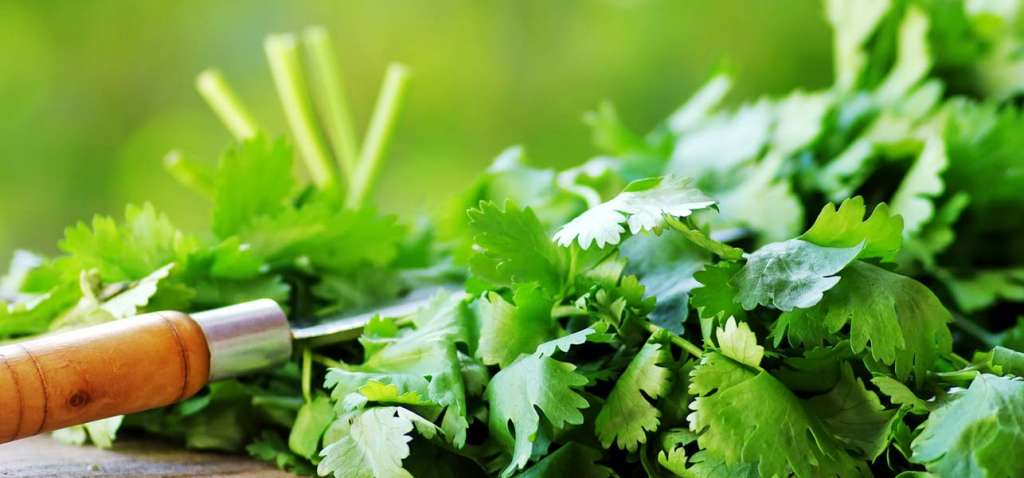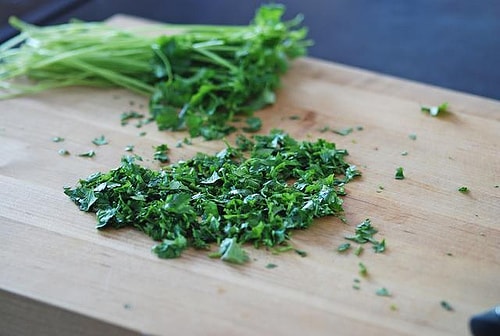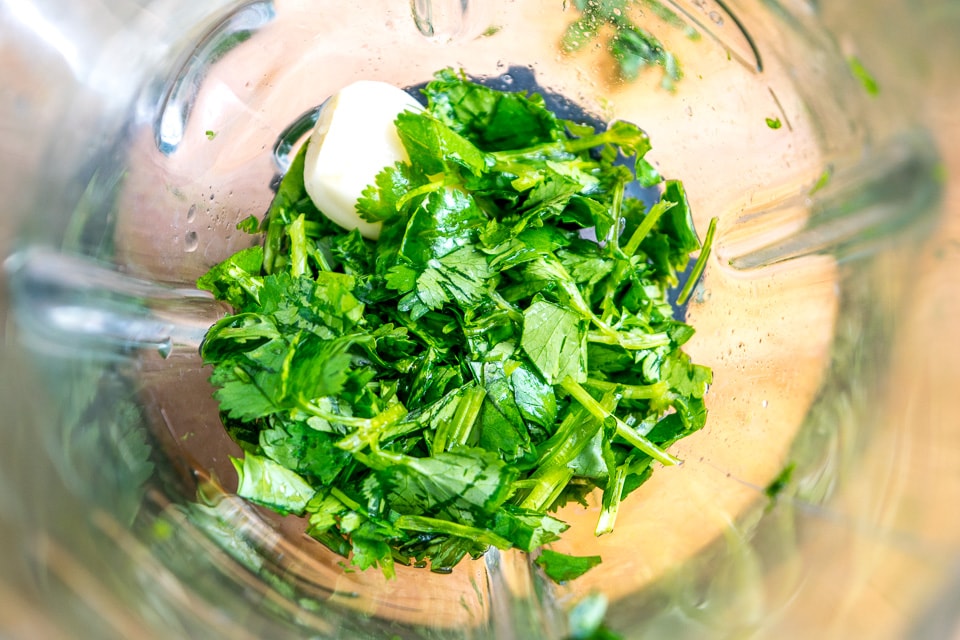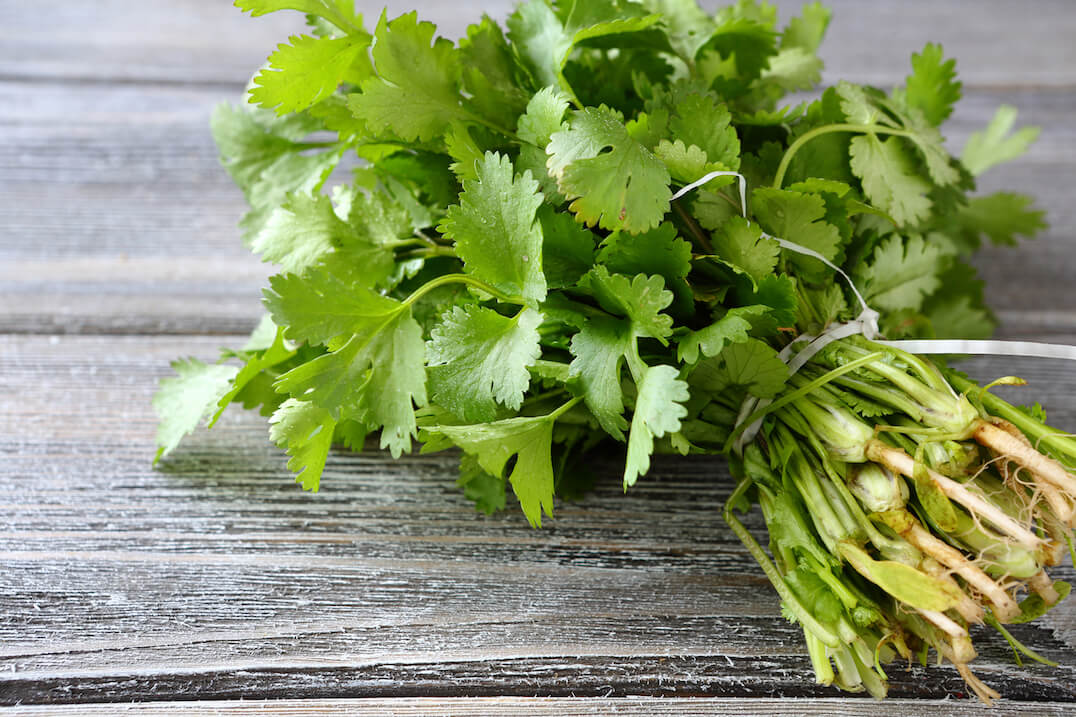Is there any herb more versatile and yet more underrated than cilantro? Often excluded from the herb section of gardens, this plant deserves a second look. It is a key ingredient in cuisines from almost every continent, and it gives you two delicious yet entirely distinct flavors: one from the leaves and one from the dried seed. While the entire plant is often referred to as coriander, I use the name cilantro for the leaves and stalks and coriander for the seeds.
CHOLESTEROL NORMALIZER
One of the reasons that cilantro may be effective against cardiovascular disease is that it helps keep arteries free of fatty deposits and plaque that build up when low-density lipoprotein (LDL) cholesterol molecules are oxidized by free radicals. LDL cholesterol is known as the “bad” cholesterol. Free radicals wreak havoc in the body as they try to steal electrons from molecules in healthy cells (often damaging the DNA of these cells in the process). They are linked to accelerated aging and disease. Cilantro is high in the flavonoid quercetin, which slows the oxidation of LDL cholesterol and potentially protects artery walls from damage as well. Flavonoids are a group of highly medicinal compounds found in certain plant-based foods.

BLOOD SUGAR BALANCER
Cilantro was traditionally used in parts of Europe and North Africa to combat diabetes. In 2011, a team of Moroccan scientists decided to test its efficacy in an animal study. They found that when cilantro was added to the diets of rats, it not only improved or normalized many metabolic symptoms of diabetes, but also improved symptoms linked to cardiovascular disease.
INFLAMMATION REDUCER
Cilantro has long been used in Ayurvedic medicine to combat inflammation. Scientists at the All-India Institute of Medical Sciences in New Delhi put tradition to the test in 2010 by evaluating the effectiveness of extracts of Coriandrum sativum against arthritis. They found that the extract helped to reduce joint inflammation in the test animals.

Growing Cilantro
All parts of the plant, including the root, are edible, but most recipes call for either the leaves or the seeds. Once the cilantro produces leaves (usually by early summer), you can harvest up to one-third of the plant’s leaves. As the plant grows larger, you can cut whole stems. The stems have the same flavor as the leaves and can be used the same way. Simply chop them fine and add to your favorite dish.
If you want coriander seeds, you’ll need to wait until the plant sends up a long flower stalk, blooms and goes to seed, which usually happens by late summer. I find it easiest to harvest the seeds by waiting until they turn brown on the plant, cutting the plant from the base and shaking it upside down over a wide bowl to catch the falling seeds.
Store the seeds in an airtight jar and use them in your favorite soups, stews, salad dressings and curries. You can sauté them whole in a small amount of oil to soften them and bring out the flavor before adding other ingredients, or grind them to a fine powder and add as desired to your recipe.
Cilantro is truly an international herb. Fans of Mexican and Tex-Mex food will be familiar with the generous use of cilantro leaves in many dishes, including salsa and guacamole. Indian cuisine is chock full of both the leaves and the seeds in curry dishes. You’ll also find cilantro in many Thai dishes and authentic Chinese cuisine.

11 Simple Ways to Use Cilantro
Toss freshly chopped leaves into:
Salsa
Guacamole
Stir-fries
Stews
Curries
Pesto, in place of basil
Chili
Salad
Asian noodle dishes like pad Thai
Olives, with a little lemon zest

















